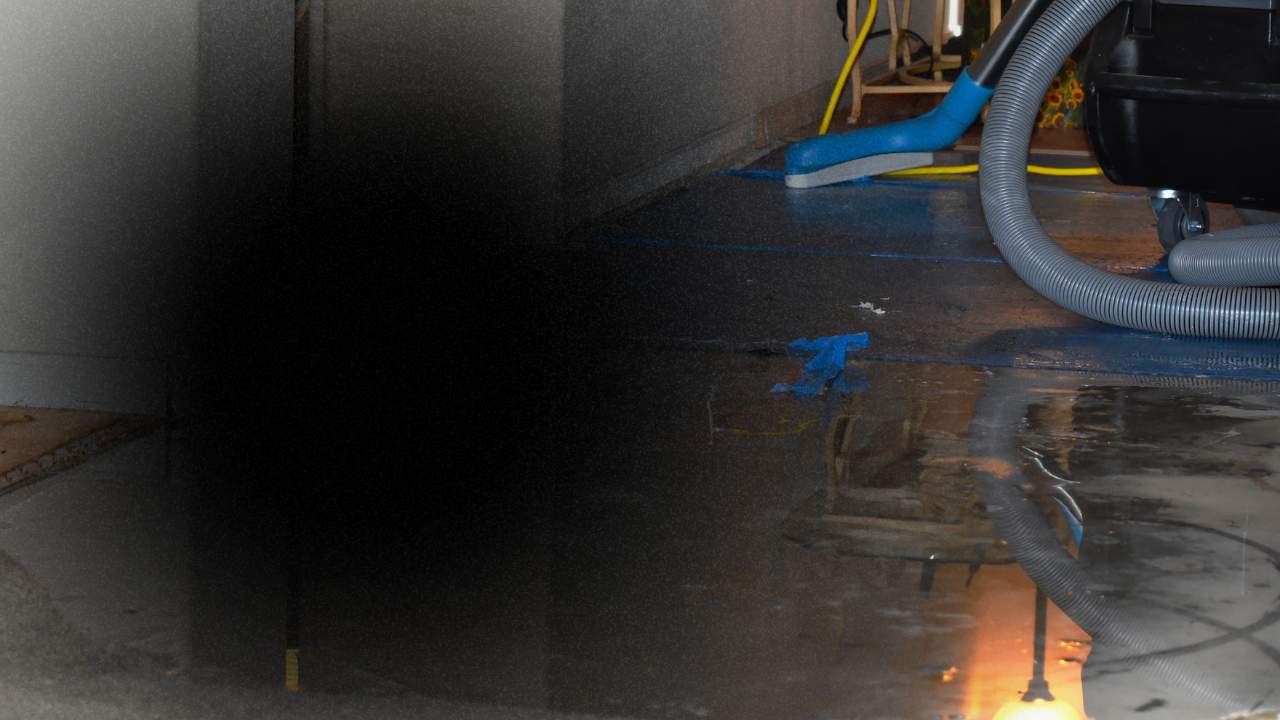Water damage can wreak havoc on your home, affecting not just the structure but also the materials within it. If you’re in Gulfport and facing the aftermath of a flood or leak, understanding the process of material restoration from water damage is crucial. Not only does it help preserve your home’s integrity, but it also protects your investment and enhances the overall safety of your living space.
In this guide, we will explore the essential steps involved in restoring materials affected by water damage, the benefits of timely restoration, and expert tips to ensure your home is safe and sound. Whether you are a homeowner or a tenant, knowing what to do when water damage strikes can significantly reduce the risks associated with mold growth and structural weakness. Let’s dive in and equip you with the knowledge to tackle water damage restoration effectively!
0 best material restoration from water damage in gulfport
Understanding Water Damage
Water damage can be classified into different categories based on the source of moisture and the severity of the damage. The most common types include:
- Clean Water Damage: This is caused by water from a clean source, such as a broken pipe or rain. It poses minimal health risks.
- Gray Water Damage: This type of damage comes from sources like washing machines or dishwashers. It contains some contaminants and requires careful handling.
- Black Water Damage: This is the most severe type, often from sewage or floodwaters. It poses significant health risks and requires professional intervention.
The Restoration Process
Restoring materials from water damage in Gulfport involves several essential steps:
- Immediate Action: Once water damage is identified, it’s crucial to act quickly. Remove any standing water using pumps or wet-dry vacuums. The longer water sits, the more damage it can cause.
- Drying Out: After removing standing water, thoroughly dry out affected materials. Use fans, dehumidifiers, and open windows to increase airflow. This step helps prevent mold growth.
- Cleaning and Sanitizing: Clean all affected surfaces with appropriate cleaning solutions. For gray and black water damage, ensure you sanitize to eliminate any harmful pathogens.
- Assessment of Damage: Inspect materials to determine what can be salvaged and what needs to be replaced. This includes drywall, carpeting, and insulation.
- Repair and Restoration: Begin the repair process by replacing or treating damaged materials. This may involve patching walls, replacing flooring, or restoring furniture.
- Final Inspection: Once repairs are complete, conduct a thorough inspection to ensure that all moisture is gone and that no mold has developed. It’s essential to monitor the area for a few weeks afterward to catch any potential issues early.
Prevention Tips
To minimize the risk of water damage in the future, follow these expert tips:
- Regularly inspect your home for leaks and repair them promptly.
- Maintain gutters and downspouts to divert water away from your home’s foundation.
- Consider installing a sump pump in areas prone to flooding.
- Ensure proper ventilation in areas like bathrooms and kitchens to reduce humidity levels.
- Keep an eye on your appliances and their hoses for signs of wear and tear.
By understanding the importance of material restoration from water damage in Gulfport and taking proactive steps, you can protect your home and ensure a safe, healthy environment for you and your family.

